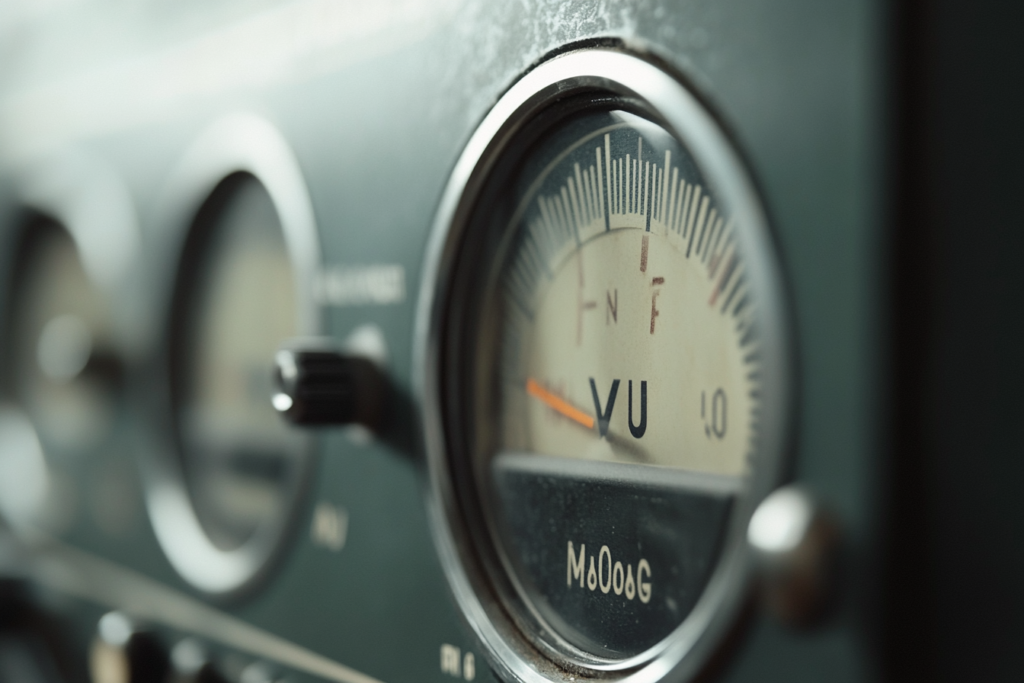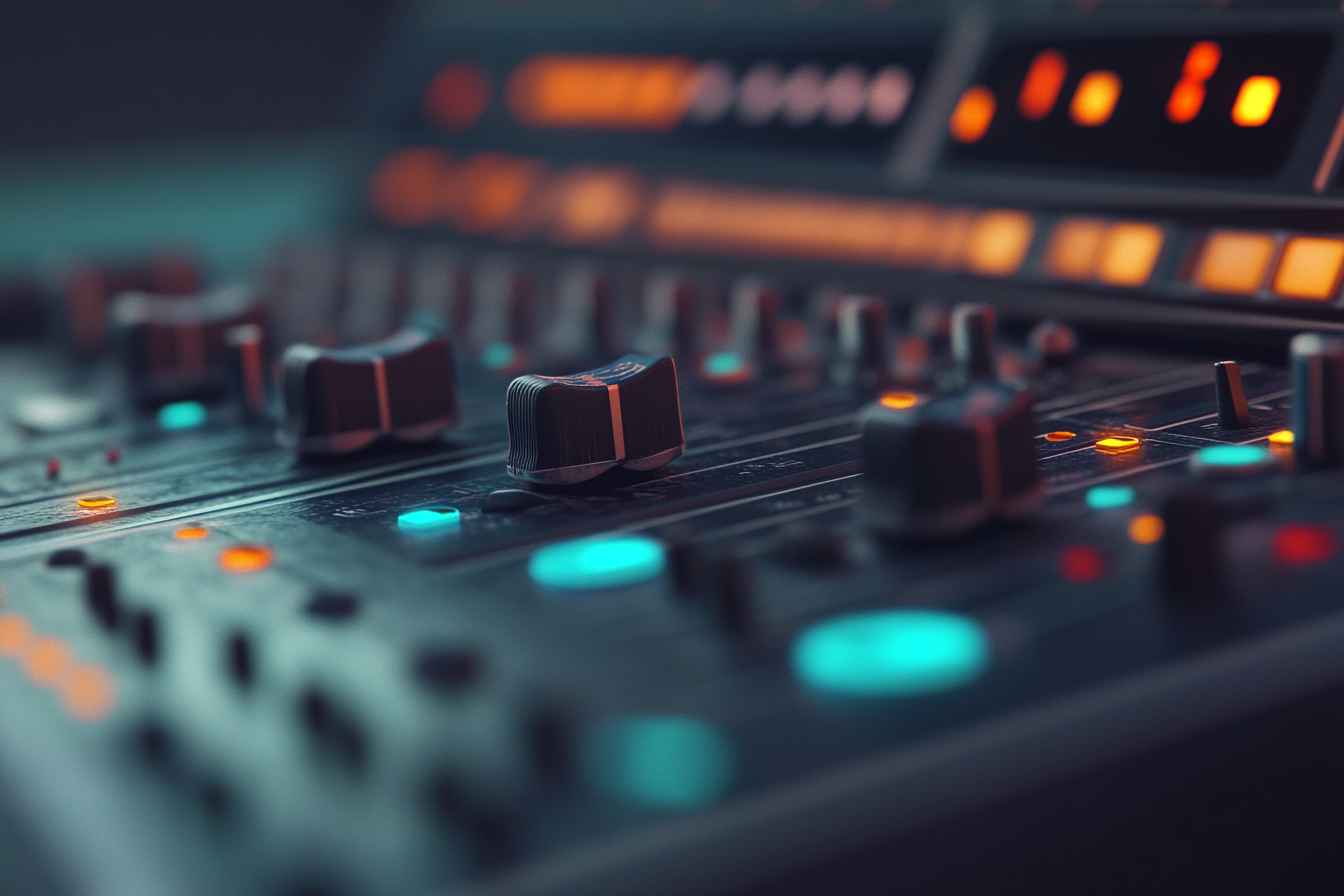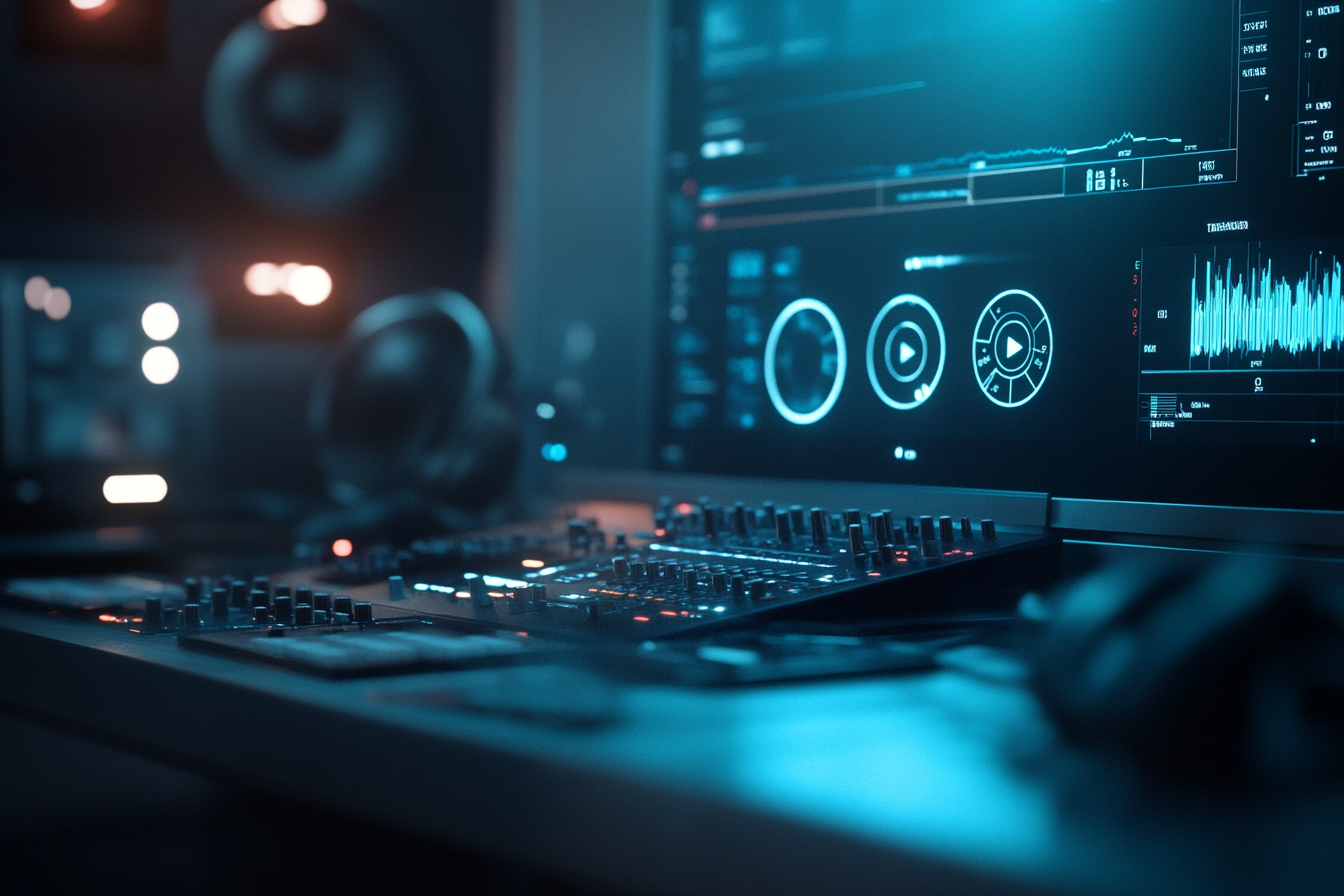Why Gain Staging is the Secret to a Professional Mix
If you’ve ever wondered why your carefully crafted mixes still don’t match up to professional releases, the answer might be simpler than you think. Before diving into complex EQ moves or advanced compression techniques, there’s a fundamental concept that can transform your mixing process: gain staging.
Think of gain staging like building a house. Just as a solid foundation ensures your house stays standing, proper gain staging creates the backbone for a professional mix. At its core, gain staging means managing the volume levels of each track throughout your entire mixing chain. When done correctly, it allows your music to breathe with clarity and punch that no amount of processing can fix later.
Getting Started with Gain Staging
The sweet spot for most digital audio lies between -18 dBFS and -12 dBFS. This range isn’t arbitrary – it’s where most analog-modeled plugins are calibrated to work their best, emulating the optimal operating levels of hardware equipment. When your tracks sit in this range during recording and mixing, you’ll notice plugins responding more musically, distortion becoming a creative choice rather than an unwanted artifact, and your overall mix displaying more depth and dimension.
The Journey Through Your Signal Chain
As your audio travels through each plugin in your mix, it’s crucial to maintain consistent levels. Consider a compressor, for instance. If your signal hits it too hot, you’re not just getting compression – you’re getting unwanted distortion and unusual behavior that can make your mix sound aggressive or squashed. Take a moment to check the input and output levels of each plugin, ensuring your signal maintains a healthy level throughout its journey.
The Power of Proper Level Management
Many mixers fall into the trap of constantly turning things up. Our ears naturally prefer louder sounds, but this approach quickly leads to a crowded, fatiguing mix. Instead, try this: when something needs to be more prominent, look first at what you can turn down. This subtractive approach maintains headroom and often results in a more open, professional-sounding mix.
Preparing for Mastering
A well-gain-staged mix should peak around -6 dBFS before mastering. This headroom isn’t empty space – it’s breathing room for mastering processors to work their magic without fighting against a ceiling. Think of it as leaving room for dessert; you want to finish your meal satisfied, not stuffed.
Implementing These Concepts
Start your next mixing session by setting all faders to unity gain and adjusting input gains until meters show peaks between -18 and -12 dBFS. Take time to balance elements using volume alone before reaching for processors. You’ll likely find that proper gain staging reveals a natural clarity in your mix that previously seemed elusive.
Remember, while gain staging might seem technical and unsexy, it’s the foundation that separates amateur-sounding mixes from professional ones. Master this concept, and you’ll find every other mixing decision becomes clearer and more intentional.
Final Thoughts
Next time you start a mix, give yourself the advantage of proper gain staging. Your ears – and your listeners – will thank you.
Want to learn more about professional mixing techniques? Check out our other articles in the Mixing & Mastering category, where we dive deep into the tools and techniques that will elevate your productions to the next level.



